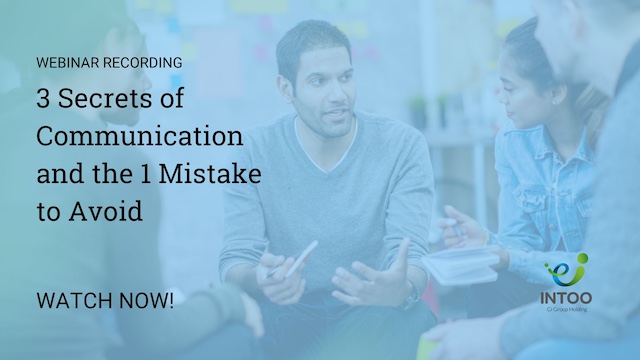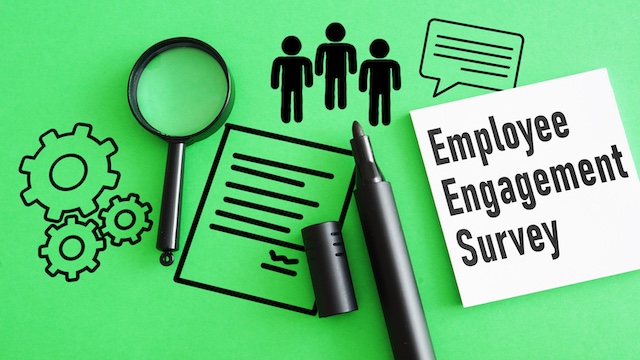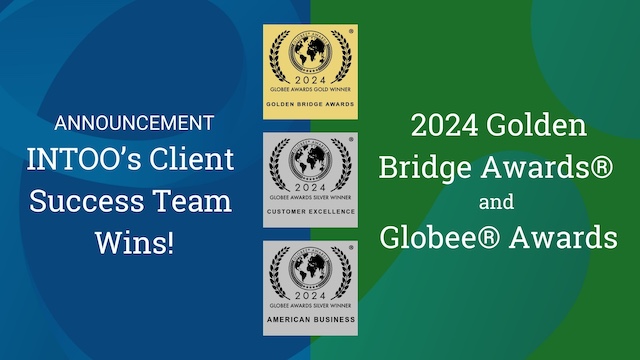The employer-employee relationship has evolved over the years. How employees interact with and are guided by the employer affects their engagement, motivation, loyalty, and productivity. It also has a significant impact on the organization, as the relationship can dictate how well the business’s goals are met. This is because buy-in from both parties, clearly defined and communicated objectives, and support to achieve them is necessary for a strong partnership and organizational success. In this article, we define this reciprocal relationship and how you can improve it at your company.
Why are employees leaving and what can you do to improve retention?
What Defines an Employer-Employee Relationship?
An employer-employee relationship is a professional and legal association between an employer and an individual hired to perform specific tasks or roles within an organization. The employer possesses the authority to direct the employee’s work, set expectations, and provide guidance, while the employee commits to fulfilling assigned responsibilities and adhering to organizational policies. This relationship consists of mutual expectations, rights, and responsibilities, and takes into account labor laws and contracts that cover the terms of employment, such as working hours, wages, benefits, and termination procedures. A healthy employer-employee relationship is reciprocal, and fosters a collaborative and productive work environment, contributing to the performance, success, and sustainability of the organization.
What Is the Traditional Employer-Employee Relationship?
In the past, expectations in the workplace were for the employee to be given work, and in return for completing it, the employee received pay and health benefits, vacation and sick days, and possibly a bonus and 401K. The leadership strategy may have been known by only a select few, rather than the broader workforce. The reasons behind a particular assignment or employer request might not have been explained. The employee followed directions, no questions asked. Even still, the employee may have been loyal to that company for many years, rising up through the ranks based on their ability to meet and exceed expectations.
However, when employees experience their roles as taskmasters rather than as active participants in accomplishing the organization’s goals, they’re likely to be less invested in the outcomes and less engaged overall as a result. Employers have recognized that their employees’ awareness of and involvement in the company’s objectives, along with recognition in response to team members’ achievements, helps to align both parties’ goals, thereby improving the organization’s performance.
Motivating employees to take an interest in their employer’s goals also requires that the employer takes an interest in the employee’s own professional goals. The ideal relationship between employer and employee is now reciprocal, benefiting both parties equally.
If an organization is still operating under the old relationship model, how can it adjust to the new model and reap its benefits?

How to Improve the Employer-Employee Relationship
It’s no longer enough to recognize only the employers’ expectations in the workplace. Now, it’s crucial to understand, acknowledge, and respond to the employees’ expectations as well.
Employees expect to work hand-in-hand with their manager throughout their employment with the organization, becoming better at their role day by day and achieving their own professional milestones while creating success for the organization.
Creating reciprocal employer-employee relationships requires equipping both managers and employees to keep up their side of the relationship—buy-in from the organization, frequent career discussions, and resources to support them.
1. Clearly communicate the organization’s goals and objectives
In order for your employee to have the most positive impact in their role, and to appreciate their part in the company’s success, they need to understand their piece of the puzzle. Instead of simply handing the team member a project, explain to them what the project is meant to accomplish for the business. Frequently update your workforce—during meetings and in emails—on the company’s short- and long-term goals and what is needed from employees to meet them, and then report back on how their work contributed to the organization’s success. Make sure that each member of the workforce has the same information, and that everyone’s work and goals are aligned to meet the same overall objectives.
2. Give managers the time and training to coach their employees
According to INTOO & Workforce Intelligence’s 2024 report, “Unlocking Organizational Success by Supporting Employee Growth and Development,” employees who feel at least “somewhat” supported by their manager were nearly 7x more likely to say they made a lot of career progress last year than those who say they get little or no support from their manager. Since employees’ career progress is an indicator of organizational success, this type of support is crucial to any business. However, the same report showed that as many as a third of employees say they only have formal (34%) or informal (30%) conversations with their manager about their career (about their professional goals or opportunities for growth, for example) either once a year or never.
This dichotomy is partly due to managers not having the training to coach their employees, as only 51% of HR leaders say managers at their company receive this training when hired. But time is also a factor; 53% of employees would like to talk to their manager more often about their career, but their manager is too busy. In order for employees to succeed with and for your company, their managers need training to do so, and be given the time for both their own professional development and for coaching their team members.
3. Offer career development resources to all team members
Career development is essential for businesses to build the skills of their team members to meet organizational objectives. It’s also crucial to employees’ loyalty toward your company. When they feel supported to meet both their and your goals, they’re more likely to be engaged and to stay with you. In fact, according to our study, one out of four employees say they’ll quit within the next six months because they’re unsupported in these areas.
Whether or not employees’ managers can personally coach them, you can support team members in their growth by offering resources such as courses, workshops, career coaching, and assessments. Make sure that your workforce is aware of the resources available to them, and encourage them to use them by allowing them the time to devote to their development.
4. Recognize employee accomplishments
Often employees feel as though they are working in a vacuum. They may efficiently complete their work on a regular basis, even going above and beyond by working extra hours and collaborating with more stakeholders than usual. However, if they don’t know how their work paid off for their employer, they may feel like they’re wasting their time. Ensure that engagement and team morale don’t dive by letting your employees know how much they are valued and acknowledging their contributions and accomplishments. Speaking directly to the team member or recognizing them in a team meeting or in an email to let them know their impact will go far to motivate them to continue to achieve success for your organization.
Also, make your employees aware of how their achievements can lead to their growth within the company. Examining the relationship between their accomplishments and their professional goals during regular employer-employee meetings and annual reviews can help team members stay on track to meet their career ambitions.
Help your employees take charge of their careers. Download these tips to make career development conversations more meaningful.
Nurturing the Employer-Employee Relationship
The employee-employer relationship is one that needs to be nurtured in order to drive success for the organization. By aligning your workforce with your company’s goals, supporting your managers in their need to guide their employees, providing career development resources and opportunities, and recognizing team members’ achievements, this relationship can help your business grow and succeed for years to come.
If you’re looking for ways to support your employees and managers in their career development, INTOO offers various programs, including career coaching, workshops, and trainings for every member of your organization. Contact us today to learn more.
Robyn Kern is a seasoned business writer who has written in the HR, education, technology, and nonprofit spaces. She writes about topics including outplacement, layoffs, career development, internal mobility, candidate experience, succession planning, talent acquisition, and more, with the goal of surfacing workforce trends and educating the HR community on these key topics. Her work has been featured on hrforhr.org and trainingindustry.com.











